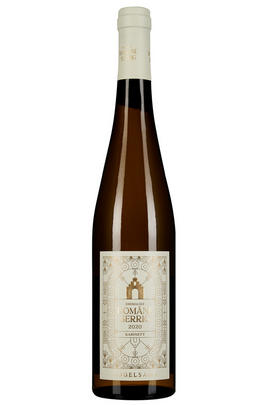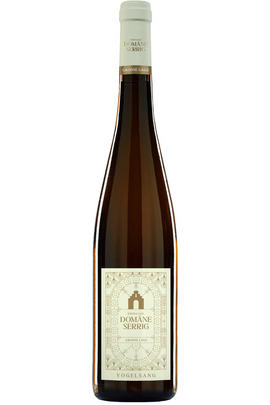Saar-Ruwer
Named after the two rivers running through it, Saar-Ruwer is a region in Germany's Rhineland-Palatinate state with a long winemaking history dating back to Roman times. Despite a setback from phylloxera in the late 19th century, Riesling vines have thrived in the region's cool climate and unique terroir. The wines are typically elegant, aromatic, and minerally, with light to medium bodies and notes of green apple, citrus, and stone fruit.
£78.00
– bottle
(75cl)
Add item
2020 Riesling, Kabinett, Vogelsang, Domäne Serrig, Saar, Germany
White
2020
Drink, youthful
Medium Bodied
Off Dry
10.5% Alcohol
Find out more
£159.00
– bottle
(75cl)
Add item
2020 Riesling, Vogelsang, Grosse Lage, Domäne Serrig, Saar, Germany
White
2020
Drink, youthful
Medium Bodied
Dry
12.0% Alcohol
Find out more



